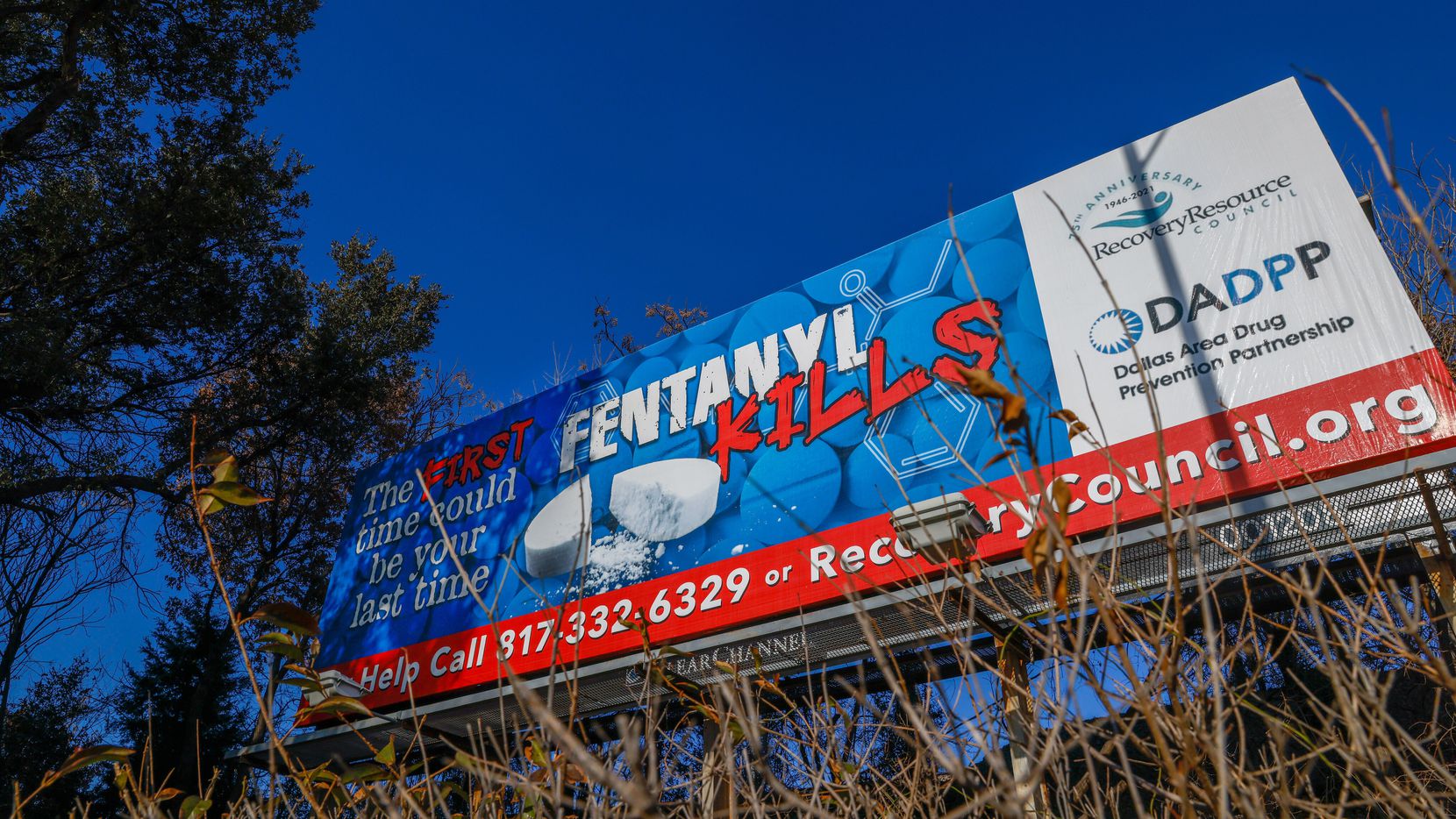It’s a fact that more than 70,000 people nationwide died last year after overdosing on fentanyl, a powerful synthetic opioid.
The drug has drawn national attention because it’s so lethal, up to 100 times more potent than morphine. But the spotlight has also led to a lot of misinformation.
Politicians and pundits commonly misrepresent who brings fentanyl into the U.S. And stories of police officers and first responders becoming sick or overdosing by simply being around or touching fentanyl proliferate online — a phenomenon that toxicology experts say is not scientifically possible.
Setting the record straight on how people interact with fentanyl and how they can overdose is crucial, experts say, because every second matters when responding to someone with a medical emergency.
Here is the truth behind four common myths about fentanyl.
Myth: You can overdose by touching an item containing fentanyl.
This is False. It’s not possible to overdose from touching an item with fentanyl on it, according to medical experts. PolitiFact has previously fact-checked different versions of this claim, including that someone passed out from holding a dollar bill laced with fentanyl.
In 2017, the American College of Medical Toxicology and the American Academy of Clinical Toxicology released a joint statement saying “it is very unlikely” that skin exposure to fentanyl powder or tablets “would cause significant opioid toxicity.”
Fentanyl isn’t absorbed well by the skin. For fentanyl to have a physical effect on the body, it must enter the bloodstream.
“It’s really hard to get fentanyl into your body unless you directly snort it into your nose, directly drink it or inject it with a needle,” said Robert Valuck, executive director of the Colorado Consortium for Prescription Drug Abuse Prevention at the University of Colorado.
When people overdose, their heart rate and breathing slows, and they fall unconscious.
If simply touching fentanyl could cause symptoms, drug users and health care workers “would be overdosing all the time given that they are constantly exposed,” said Dr. Ryan Marino, a toxicologist and emergency room physician who studies addiction at Case Western Reserve University.
The symptoms people have reported when claiming they’ve touched fentanyl-laced items, such as dizziness, heart rate increases and passing out, aren’t consistent with a fentanyl overdose, Valuck said.
Dr. Andrew Stolbach, a toxicologist and emergency doctor at The Johns Hopkins Hospital, said first responders who believe these falsehoods might spend time putting on “unnecessary personal protective equipment” or be afraid to touch the person. So misunderstandings like this can be dangerous because “every second counts” when trying to help someone overdosing on fentanyl, he said.
“When you’re rescuing somebody with an opioid overdose,” Stolbach said, “the only one in danger is the person with an overdose.”
Myth: Breathing air in a room with fentanyl can make you sick.
Medical experts said this is False. That’s because fentanyl isn’t volatile, meaning it doesn’t easily become a vapor.
“It doesn’t just go up into the air, into your nose where you inhale a lot of it and unintentionally get exposed or get sick,” Stolbach said.
In contrast, being in a room with a substance such as ammonia can cause irritation to the skin or eyes because of its volatility, he explained.
Stolbach said “never yet, not once” has he seen a plausible case of somebody getting sick from unintentionally being exposed to fentanyl. “It just hasn’t happened,” he said.
People who come in contact with fentanyl and begin to feel sick could be experiencing a phenomenon known as “nocebo,” Stolbach said. They may have heard that coming in contact with fentanyl will make them sick, so they may think they’re sick when they come into contact with the substance. They may start feeling lightheaded or anxious and attribute it to the fentanyl, rather than the anxiety of being around it.
“You don’t have to worry about walking down the street and unintentionally getting sick from inhaling somebody else’s fentanyl,” Stolbach said.
Myth: Fentanyl deaths in the U.S. are increasing because immigrants are smuggling the drug through “open borders.”
This is False.
The southern border is not wide open. Border protection funding and staffing have remained consistent between the administrations of former President Donald Trump and President Joe Biden, and border laws and policies continue to be enforced. Hundreds of miles of the U.S.-Mexico border has fencing to reduce illegal entries.
Also, most fentanyl is seized at official ports of entry and not between them, where most migrants try to cross the border, U.S. Customs and Border Protection data shows. And in 2022, 89% of convicted fentanyl drug traffickers were U.S. citizens.
“Drug traffickers deal with professionals, not amateurs, and they prefer U.S. citizens,” Sanho Tree, director of the Drug Policy Project at the Institute for Policy Studies, a progressive Washington, D.C.-based think tank, told PolitiFact in 2022.
U.S. citizens and permanent residents are able to cross the southern border multiple times and know the territory better, Guadalupe Correa-Cabrera, an immigration expert at George Mason University told PolitiFact in August.
Myth: Fentanyl smells like popcorn when it burns.
This is False. The Centers for Disease Control and Prevention reports that fentanyl is odorless and tasteless, and there is no visible way of knowing if or how much fentanyl a pill contains. However, low-cost test strips can determine whether a drug contains traces of fentanyl.
There is no evidence that burning or smoking fentanyl will produce a popcorn-like scent, Dessa Bergen-Cico, public health professor and coordinator of Syracuse University’s addiction studies program, told PolitiFact.
By Maria Ramirez Uribe, PolitiFact staff writer
